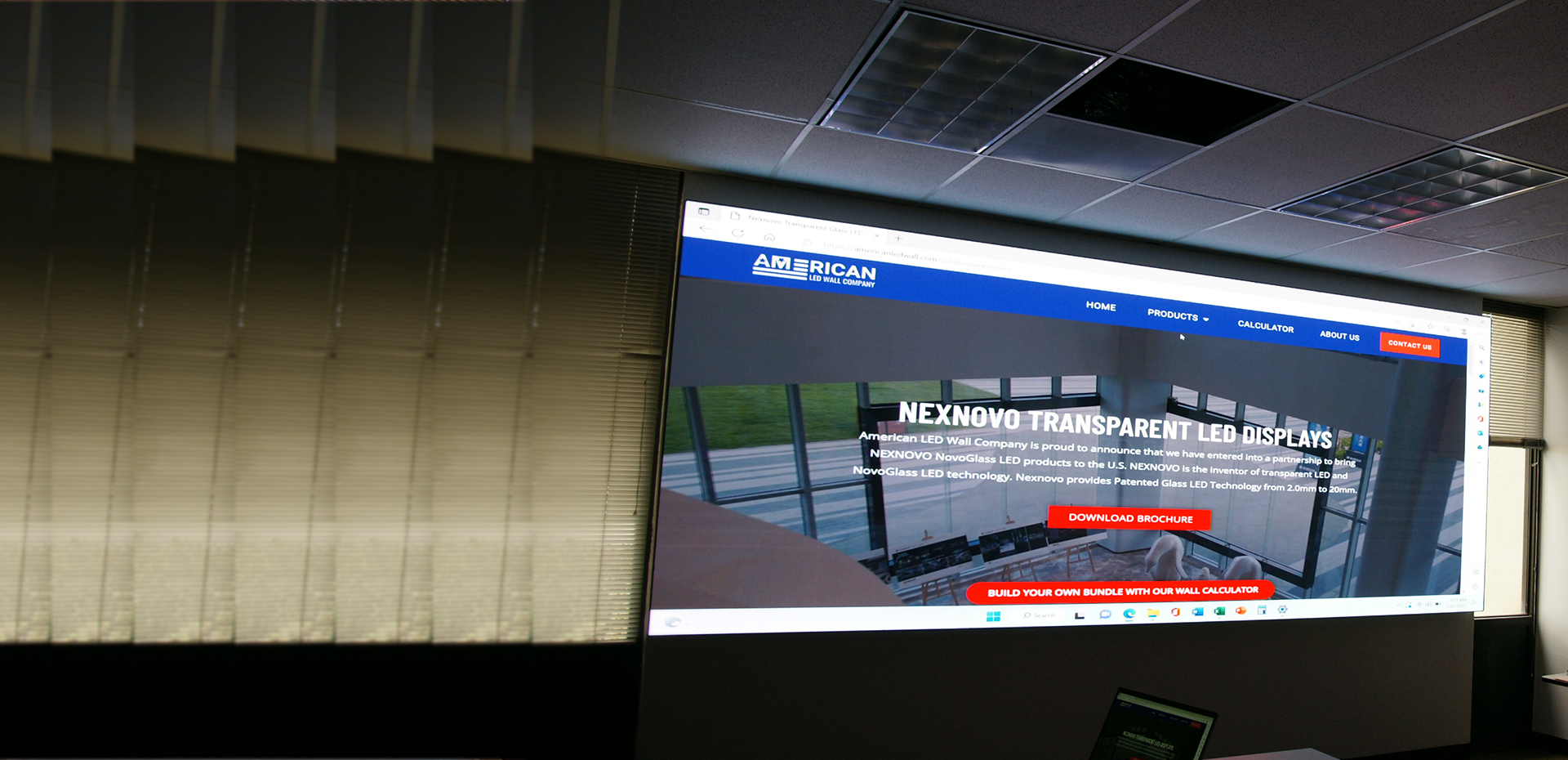Mastering Color Precision in LED Display Calibration for Stunning Graphic Displays
Color precision is essential for creating stunning visual presentations, especially when using LED screens. These massive displays are frequently found in locations like music venues, sports arenas, and advertising billboards. When the colors on an LED screen are not accurate, the images can look dull or distorted, which can impact the total impression for audiences. Therefore, perfecting color precision in LED screen calibration is crucial for achieving vibrant and realistic images.The first step in ensuring color precision is comprehending how LED technology works. LEDs, or light-emitting diodes, produce light in various shades by combining red, green, and blue (RGB) light. Each dot on an LED screen is made up of these three colors. When calibrated correctly, the mix of RGB can produce a wide range of colors. However, if one color is too intense or too faint, it can throw off the entire screen. This is why tuning is necessary to balance the colors and reach the intended graphic effect.
Calibration involves modifying the configurations of the LED screen to ensure that the colors shown correspond the original material as closely as possible. This procedure typically involves using specialized software and hardware instruments. Technicians often use color assessment devices, look at here such as spectrophotometers, to analyze the hues being displayed. By contrasting the measured hues to benchmark color values, they can make precise modifications. This ensures that the hues are not only vibrant but also uniform across the entire display.
Another important factor of color accuracy is understanding the surroundings in which the LED wall is employed. Elements such as surrounding light can considerably affect how colors look. For example, a brightly illuminated room may wash out hues, making them look less lively. To mitigate this, technicians may adjust the brightness and differentiation settings of the LED wall. Additionally, they may choose particular color profiles that are more suited for various lighting conditions. This flexibility helps maintain color precision regardless of the observing environment.

Ultimately, routine maintenance and re-tuning are crucial for maintaining an LED wall looking its finest. Over time, the functionality of LEDs can change due to elements like aging and temperature fluctuations. Frequent checks and adjustments can help guarantee that the colors remain accurate and lively. By investing time in proper calibration and upkeep, venues can provide audiences with breathtaking visual displays that improve their overall experience. Perfecting color accuracy in LED wall tuning is not just a technical job; it is an expertise that contributes to the magic of graphic narration.